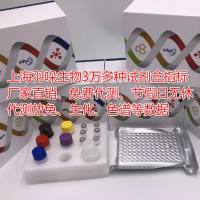RACHITT: Gene Family Shuffling by Random Chimeragenesis on Transient Templates
互联网
1030
Random Chimeragenesis on Transient Templates (RACHITT) has been used to create libraries averaging 12 (1 ) or even 19 (L. Encell, unpublished) crossovers per gene in a single round of gene family shuffling. RACHITT creates chimeric genes by aligning parental gene “donor” fragments on a full-length DNA template (1 ). The heteroduplexed top strand fragments are stabilized on the template by a single, long annealing step, taking advantage of full length binding by each fragment, rather than the binding of smaller overlaps, and by carrying out reactions at relatively high ionic strength. Fragments containing unannealed 5′ or 3′-termini are incorporated after flap trimming using the endo and exonucleolytic activities of Taq DNA polymerase and Pfu polymerase, respectively. After gap filling and ligation, the template, which was synthesized with uracils in place of thymidine, is rendered non-amplifiable by uracil-DNA glycosylase (UDG) treatment. Other methods of DNA shuffling by gene fragmentation and reassembly can result in reconstitution of one or all of the parental genes at unacceptably high frequencies in the final shuffled library (2 –4 ). Libraries with limited diversity owing to low numbers of crossovers can also result (3 ,5 ,6 ). Both of these problems result because the hybridization of perfectly matching top and bottom strand fragments from the same gene are preferred over the heteroduplex hybridizations that lead to crossovers between genes (3 ).









